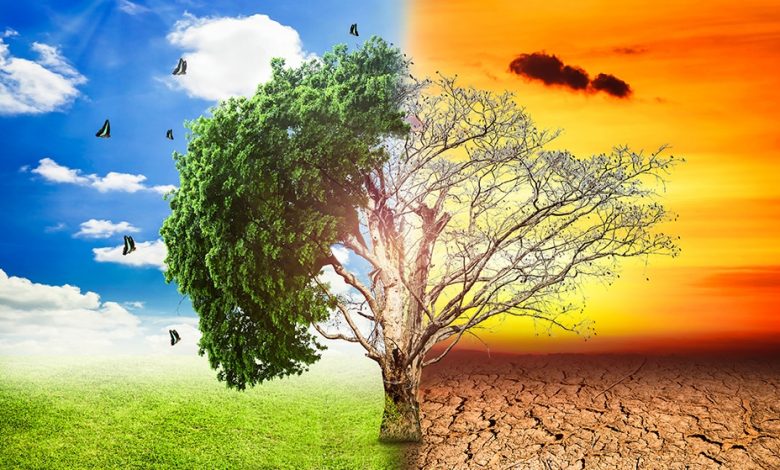Global Warming Crossed The Threshold Level In 2023 : WMO
A Red Alert to the World

A new report released in Copenhagen yesterday by WMO (World Metrological Organisation) shows that global warming has crossed the threshold of 1.5 degree Celsius in 2023, which is a red alert for the world.
State of Global Climate report confirms 2023 as hottest year on record. The global mean near-surface temperature in 2023 was 1.45 °C above the pre-industrial 1850–1900 average. 2023 was the warmest year in the 174-year observational record. Records broken for ocean heat, sea level rise, Antarctic sea ice loss and glacier retreat.
The cost of climate inaction is higher than cost of climate action.
The ten-year average 2014–2023 global temperature is 1.20 °C above the 1850–1900 average, which has crossed the threshold of 1.5°C.
While this week, at the Copenhagen Climate Ministerial on 21-22 March, climate leaders and ministers from around the world will gather for the first time since COP28 in Dubai to push for accelerated climate action. Enhancing countries Nationally Determined Contributions (NDCs) ahead of the February 2025 deadline, will be high on the agenda, as will delivering an ambitious agreement on financing at COP29 to turn national plans into action.
The new report) shows that -2023 shattered the record of the previous warmest years, 2016 at 1.29 °C above the 1850–1900 average and 2020 at 1.27 °C.
Globally, every month from June to December was record warm for the respective month. September 2023 was particularly noteworthy, surpassing the previous global record for September by a wide margin (0.46 to 0.54 °C).
The long-term increase in global temperature is due to increased concentrations of greenhouse gases in the atmosphere. The shift from La Niña to El Niño conditions in the middle of 2023 contributed to the rapid rise in temperature from 2022 to 2023.
Global average sea-surface temperatures (SSTs) were at a record high from April onwards, with the records in July, August and September broken by a particularly wide margin. Exceptional warmth was recorded in the eastern North Atlantic, the Gulf of Mexico and the Caribbean, the North Pacific and large areas of the Southern Ocean, with widespread marine heatwaves.
Some areas of unusual warming such as the Northeast Atlantic do not correspond to typical patterns of warming associated with El Niño, which was visibly present in the Tropical Pacific.
Heatwaves, floods, droughts, wildfires and rapidly intensifying tropical cyclones caused misery and mayhem, upending every-day life for millions and inflicting many billions of dollars in economic losses, according to the WMO State of the Global Climate 2023 report
“Sirens are blaring across all major indicators… Some records aren’t just chart-topping, they’re chart-busting. And changes are speeding-up.” said United Nations Secretary-General António Guterres.
“Never have we been so close – albeit on a temporary basis at the moment – to the 1.5° C lower limit of the Paris Agreement on climate change.” said WMO Secretary-General Celeste Saulo. “The WMO community is sounding the Red Alert to the world.”
“Climate change is about much more than temperatures. What we witnessed in 2023, especially with the unprecedented ocean warmth, glacier retreat and Antarctic sea ice loss, is cause for particular concern,” she said.
On an average day in 2023, nearly one third of the global ocean was gripped by a marine heatwave, harming vital ecosystems and food systems. Towards the end of 2023, over 90% of the ocean had experienced heatwave conditions at some point during the year.
The global set of reference glaciers suffered the largest loss of ice on record (since 1950), driven by extreme melt in both western North America and Europe, according to preliminary data.
Antarctic sea ice extent was by far the lowest on record, with the maximum extent at the end of winter at 1 million km2 below the previous record year – equivalent to the size of France and Germany combined.
The climate crisis is THE defining challenge that humanity faces and is closely intertwined with the inequality crisis – as witnessed by growing food insecurity and population displacement, and biodiversity loss.
The writer of this article is Dr. Seema Javed, an environmentalist & a communications professional in the field of climate and energy




